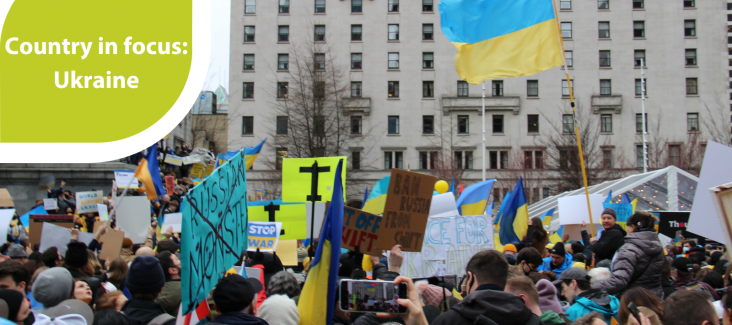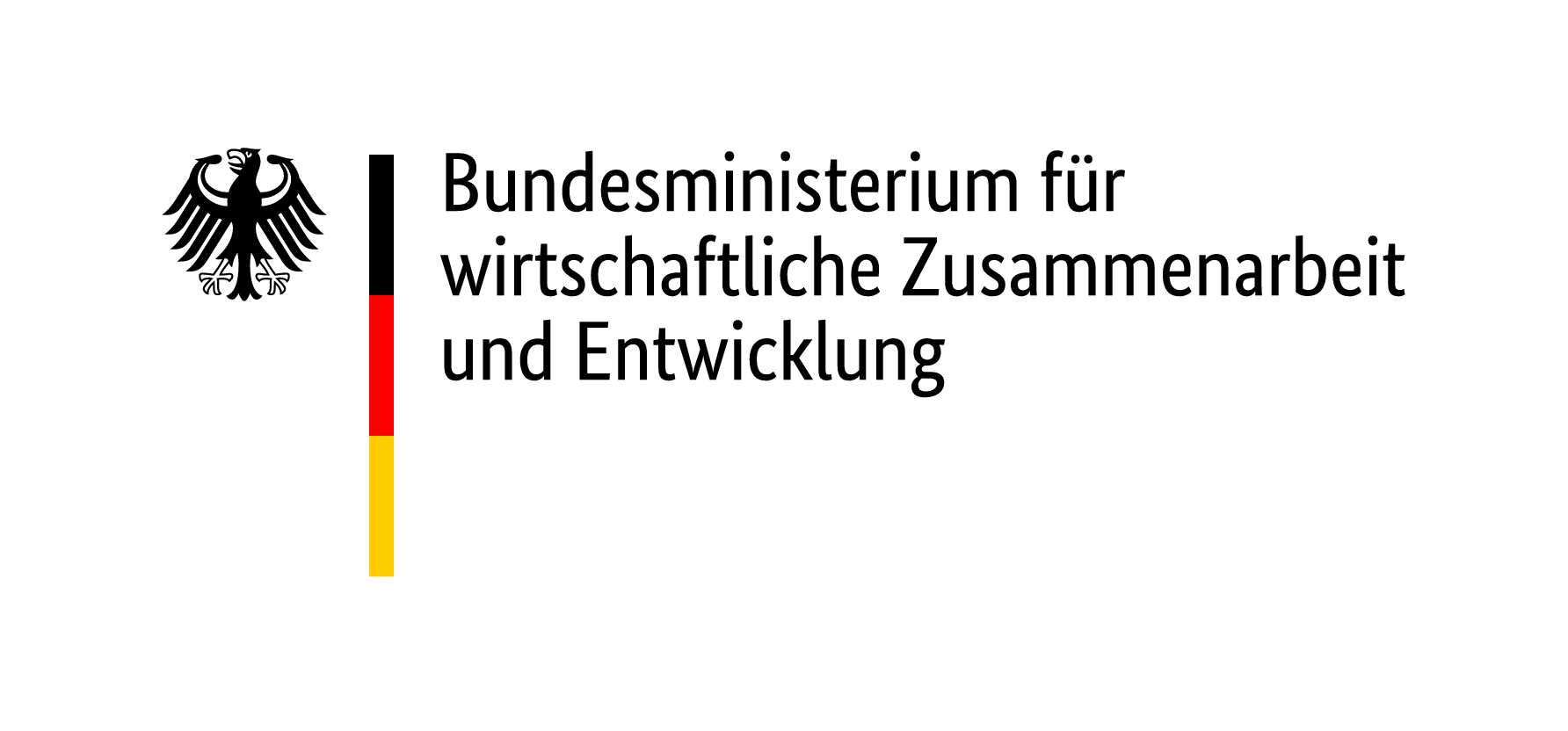With the full-scale Russian invasion, the possibilities to practice direct democracy were limited in Ukraine. Additionally, the most recent law on direct democracy was only introduced in 2021 three years after the previous legislation was ruled unconstitutional. Which means that people didn’t have a chance to properly try out these new opportunities. An arguably very small percentage of the population of Ukraine even knows that tools such as citizens’ initiatives and referendums exist. So, in fact, what exists in Ukraine now and which mechanisms were used previously?
In 1991, with 84% turnout and 90% support, the proclaimed independence of Ukraine was supported in a popular vote. This vote is commonly referred to as a referendum but using the Direct Democracy Navigator typology is a plebiscite, seeing as it was initiated by Verkhovna Rada, the Ukrainian Parliament. A less known fact is that in 1991 and 1994 a series of local consultative plebiscites in some Eastern and Western oblasts (regions) took place. The plebiscites in Donbas and Crimea in particular, touched upon the use of Russian as an official language along with Ukrainian and, in the case of Crimea, even proposed to introduce Russian currency on the peninsula. Notably, local votes in Donetsk, Luhansk and Crimea were initiated or conducted under the strong influence of pro-Russian politicians of that time and were marked by rhetoric very similar to what Russia has been using since 2014 to justify the war. For instance, the organiser of the vote in Crimea in 1994, former Head of the Autonomous Republic of Crimea, Yurii Mieshkov, appointed Russian citizens to the governmental positions of the peninsula. He was bared from office after a year of scandalous governing in Crimea, but returned to the peninsula in 2011 and after its temporary occupation in 2014 was supportive of the Russian aggression.
Also watch our webinar dedicated to Georgia, Ukraine and the Black Sea regions "Youth participation and the future of democratic activism"
The all-Ukrainian referendum law of 2021
The most recent law on the all-Ukrainian referendum was passed in 2021 and it details how to conduct plebiscites, referendums and citizens’ initiatives in Ukraine. According to the Constitution of Ukraine and the 2021 law, the Constitution or the territory of Ukraine can be changed only followed a mandatory referendum. These mandatory votes are binding. The all-Ukraine referendum law also provides that citizens can trigger a popular vote on a matter of nationwide significance or to cancel an existing law or particular provisions of it. This referendum law only regulates the national level and there is no additional legislation allowing for local initiatives, which creates a gap. However, the problems do not end here.
Some issues cannot be voted on according to the Constitution and the law. This includes standard exceptions to protect fundamental human rights, questions of sovereignty and territorial integrity. However, the 2021 law specifies that matters also cannot be submitted to a vote if the Constitution and the Ukrainian laws refer these issues to the competence of law enforcement authorities, prosecutor’s offices or judicial authorities. That means, for instance, that any laws passed in peaceful times that are designed to provide for a bigger power for military or police structures cannot be overruled by people.
Bottom-up instruments
Now let us look in more detail at the bottom-up instruments in place in Ukraine at the moment. Both a vote on a matter of nationwide importance and a vote to change an existing law require a minimum of 3 million signatures. Additionally, signatures must be collected in at least 2/3 of territorial regions with at least 100 000 signatures in each of them. A vote would be valid if 50% of eligible voters take part, and the question is approved with 50% “Yes” answers from those who voted. However, there is a significant distinction between the two as well. A vote to cancel an existing law is binding for the authorities, but a vote on an issue of nationwide importance is not. It only requires a respective body, the parliament for example, to look over the proposal and decide on whether or not they want to take action. This, in Navigator topology, makes it an agenda-setting initiative, a non-binding tool.
The law also regulates numerous other things regarding the organisation of popular votes initiated by citizens, such as a code of conduct for media.
How to start a campaign in Ukraine?
The very first step, registering the initiative team, is already complicated. To start collecting signatures, one would need to gather at least 300 citizens and invite a representative of the Central Election Commission. At the gathering, the citizens must elect the initiative group, a representative of the initiative group and vote on the proposal that is to be put to a vote. The elected initiative group must consist of at least 60 people and only those citizens who are members of the initiative team will be allowed to collect signatures. To register, the initiators must submit a long list of documents that include the voted text of the proposal and a summary of it to the Central Election Commission for review. The Electoral Commission oversees the submitted documents and decides whether they are in accordance with the law. If the proposal is for a new law, it also has to make a decision if the issue is of nationwide significance. In the law it is written in details which issues are not to be decided on a national referendum, and some experts claim that if the issue is not touching upon the preserved topics and is not in a jurisdiction of local authorities, it is of nationwide importance. Still, since it is not specified in the law what the criteria to identify the nationwide “importance” of a matter are, it allows the Central Election Commission to turn down any initiative proposal.
Once registered, the initiative group can start the collection of signatures. The group has 90 days to collect 3 million signatures, which comes down to about 10% of the population eligible to vote in 2021 (so before the full-scale war). Within these three months, the signatures not only must be collected, but also grouped in a way defined by law and passed to the Central Election Commission, giving no additional time for this work. Keeping in mind the geographical restriction and the fact that it is safer to collect more signatures than officially required, this almost pre-determines the initiative to fail.
If the initiative is successful, the struggle is far from over. The campaigning for a vote period before the nationwide vote is extremely short: only 60 days from the announcement of the vote. During this stage, there are significant limitations on who is allowed to campaign and spend money on that. In fact, only organisations or individuals officially registered as proponents or opponents of the initiative are allowed to campaign and or donate. Ordinary citizens can promote the vote whether supporting or opposing it, however, they are not allowed contribute to the campaign’s funding.
Power to the people?
Considering all of this and counting the significant influence of the Central Election Commission and the overly bureaucratical procedures woven into the initiative process, it would be safe to say that only organisations with significant financial capabilities and broader access to the platforms that influence citizens would be able to succeed. In this setup, the current Ukrainian referendum legislation, a tool that claims to give people power, in fact favours already powerful actors such as political parties. We have to ask ourselves why the legislation makes it so difficult for normal citizens to use it. Is it a concern that Ukrainian society is not prepared for such democratic tools, the fear that this instrument would be used by pro-Russian agents within Ukraine to threaten the state or fear of giving up power altogether?
This, and also how Ukrainian people decide they should be governed and what power they believe they should have, is remained to be seen after a hopefully soon victory of Ukraine.
This article was written in connection with the Life as an activist project. Five countries, five democracy activists, five mini-documentaries! The following video is the Life as an activist project documentary.
Mini Documentary - Sasha Zuryan explains the realities and challenges of democracy activism in Georgia.


